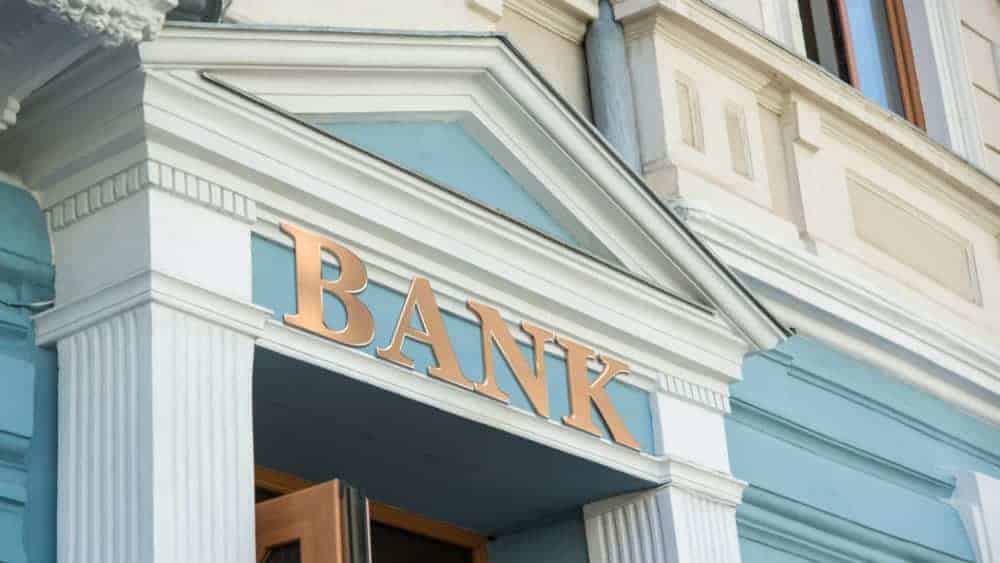With current total assets of $556 billion, Canadian Imperial Bank of Commerce (TSX:CM)(NYSE:CM) is the Canadian bank that took the worst hit during the financial crisis that eventually saw Lehman Brothers declare bankruptcy in 2008.
During those years, CIBC was making relatively aggressive and risky business decisions that resulted in big financial losses and of course a big loss of confidence amongst investors.
There was the claim that CIBC helped Enron to hide losses, which the bank paid $3 billion to settle in 2005, and in 2008 there was the bank’s participation in the U.S. subprime mortgage market, which resulted in a staggering $10 billion in write-downs in 2008 and 2009.
But let’s fast forward back to the present day.
For CIBC, the years that followed have been all about risk, risk, risk.
More specifically, lowering its risk profile in order to generate more sustainable and less volatile returns for shareholders.
Immediately following the crisis, CIBC worked on improving its balance sheet and capital ratios and focused solely on its Canadian operations. The bank shed its risk-taking past, and was determined to grow in a prudent and risk-averse manner.
We can see evidence of this new culture at CIBC in its CET1 Capital Ratio, which is a measure of financial strength, coming in at 11.3% up from 9.4% in 2013, and its 2017 ROE of 18.1%, at the top of the pack.
Onto CIBC stock price action.
In the last 10 years, the stock has returned 189%, and although this is the lowest return among the Canadian bank stocks, its dividend has consistently been higher than the rest.
CIBC stock’s dividend yield is currently 4.36%.
So after a disastrous 2008 and 2009, what has CIBC done to turn things around?
Let’s look at where the bank stood in 2008 and where it stands now.
One of the most significant changes was the bank’s increased focus on retail and business banking and now, wealth management. And away from capital markets revenue.
The wealth management business is forecast to have robust growth rates as baby boomers are driving demand.
In 2014, in its bid to increase its wealth management segment, CIBC acquired Atlantic Trust Private Wealth Management for US$210 million, which had US$20 billion in assets under management.
And now, with the 2017 acquisition of Chicago-based PrivateBancorp, which operates through three segments, banking, asset management, and holding company activities, CIBC is focusing on its U.S. expansion to drive its next phase of growth.
In summary, CIBC stock remains attractive for its higher dividend yield, and as interest rates can be expected to continue to rise, so can CIBC stock price.
Key risks remain the housing market and consumer indebtedness.









